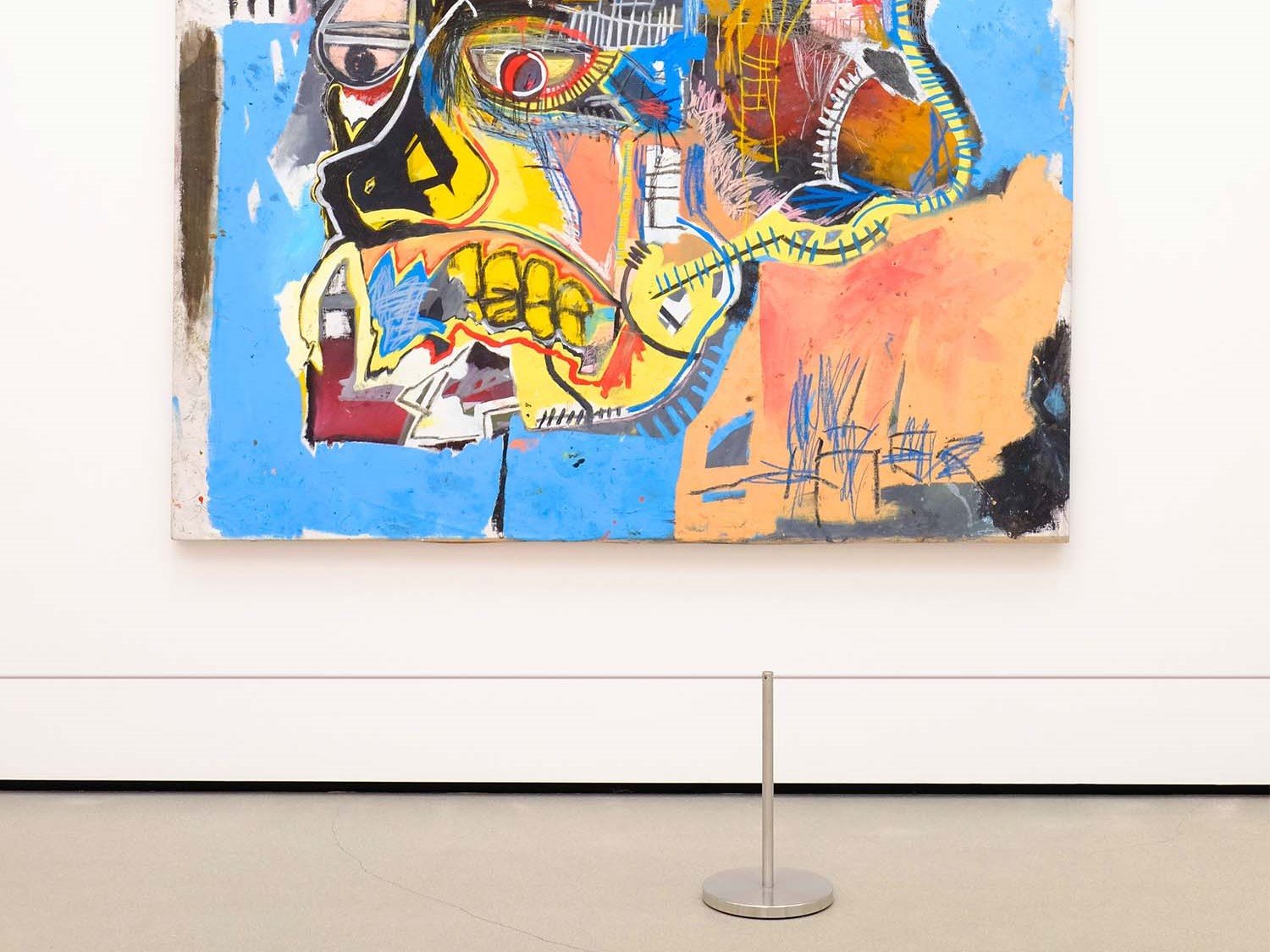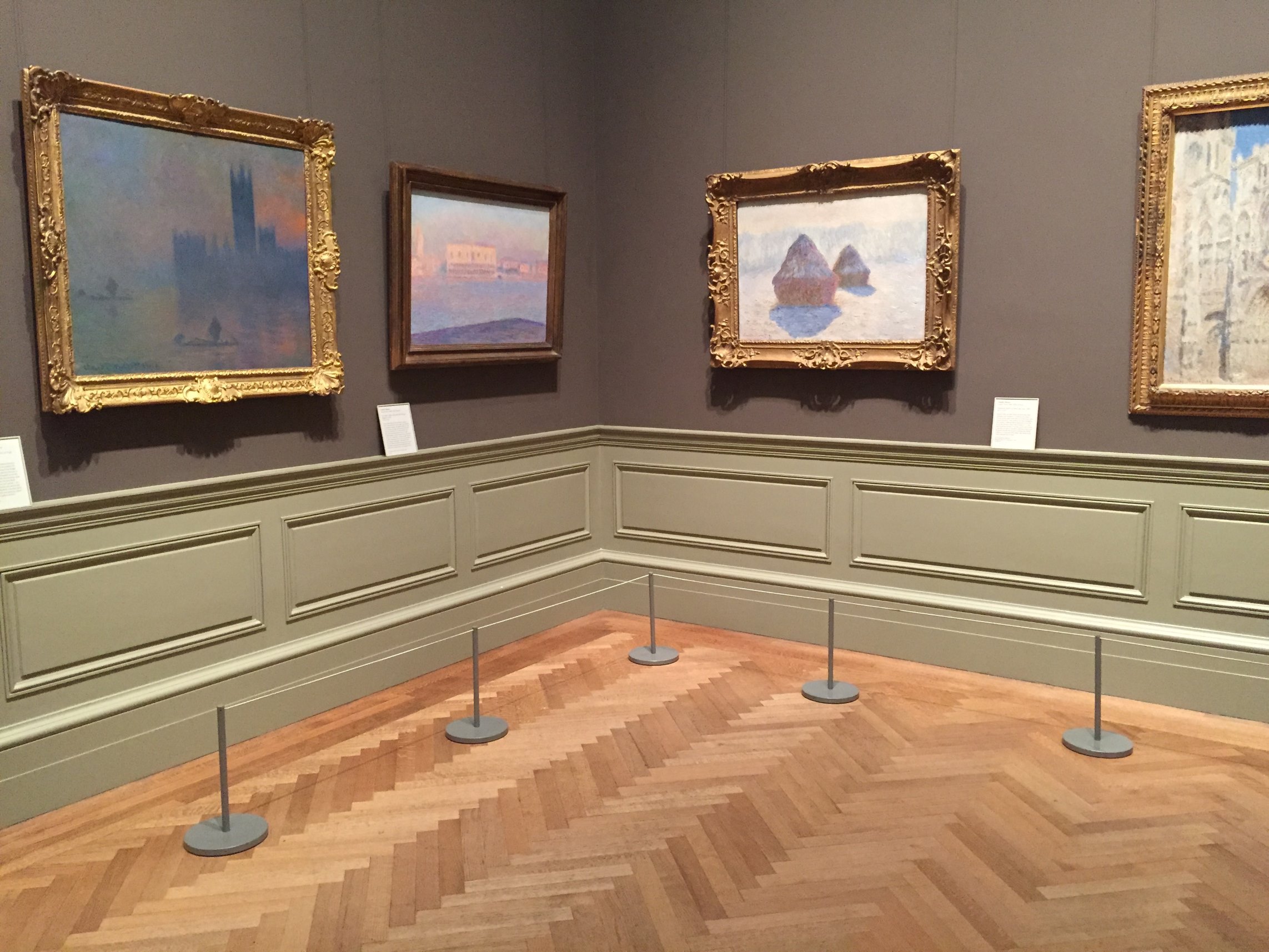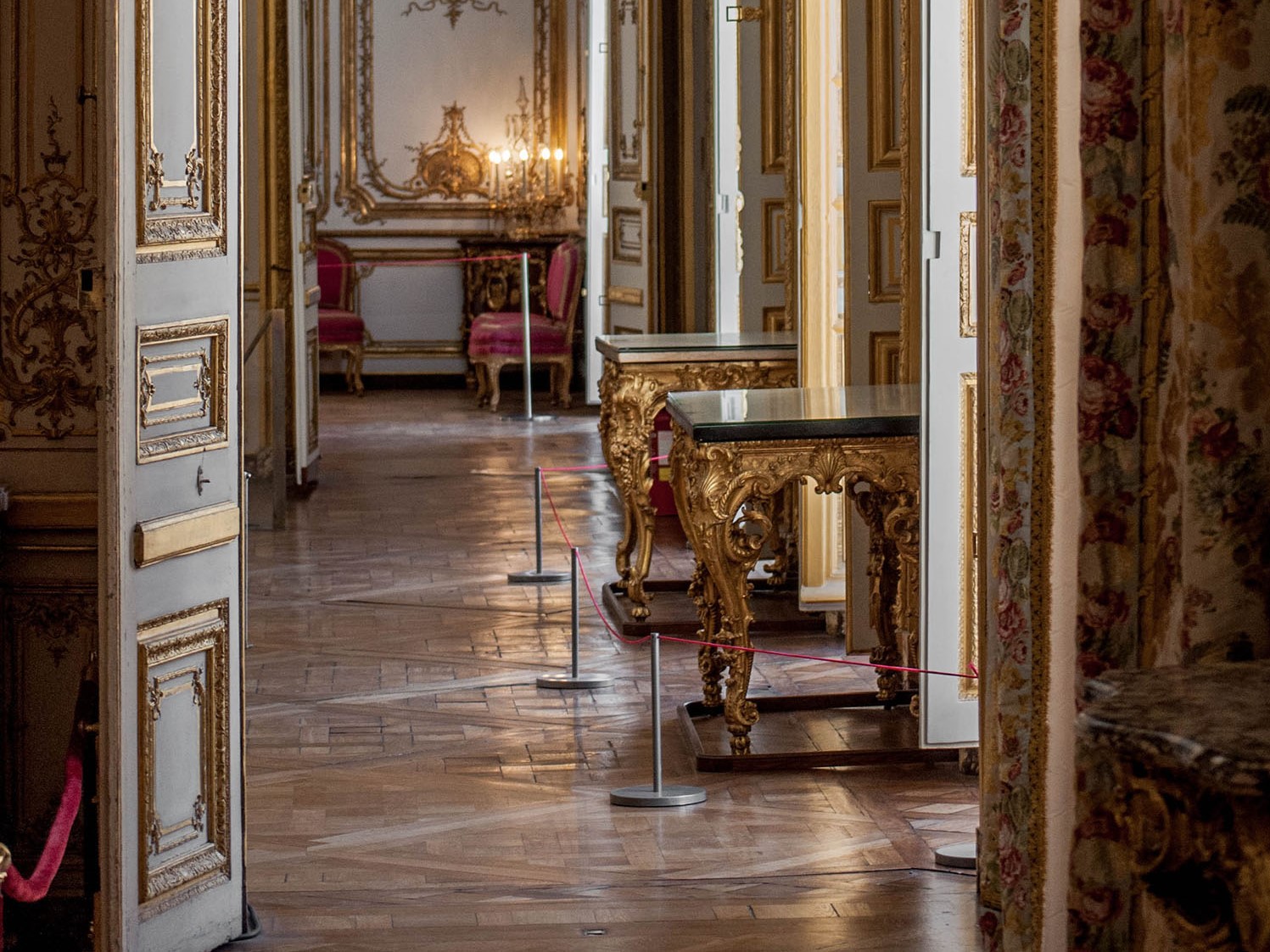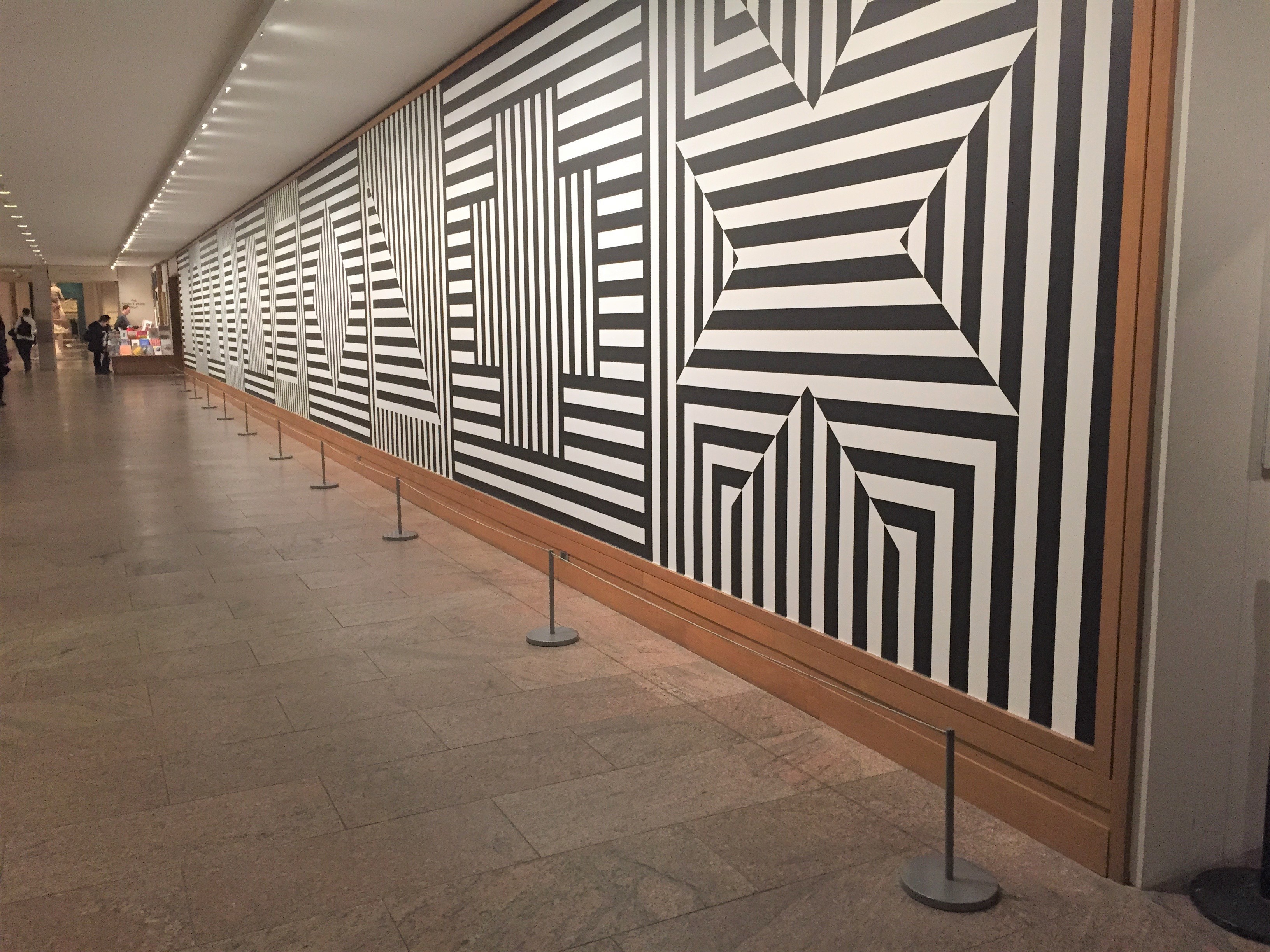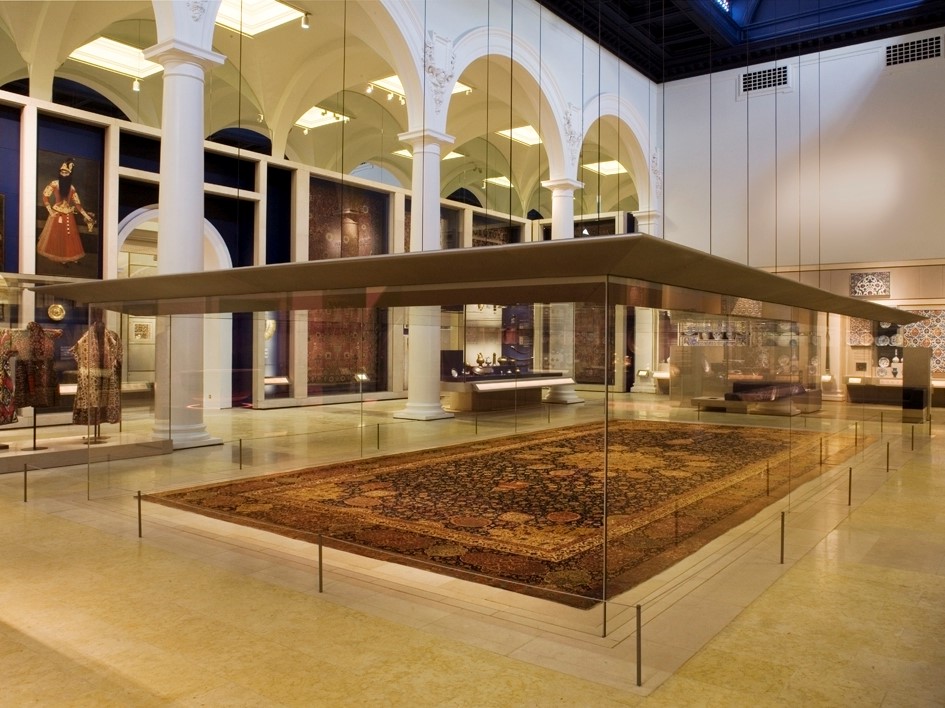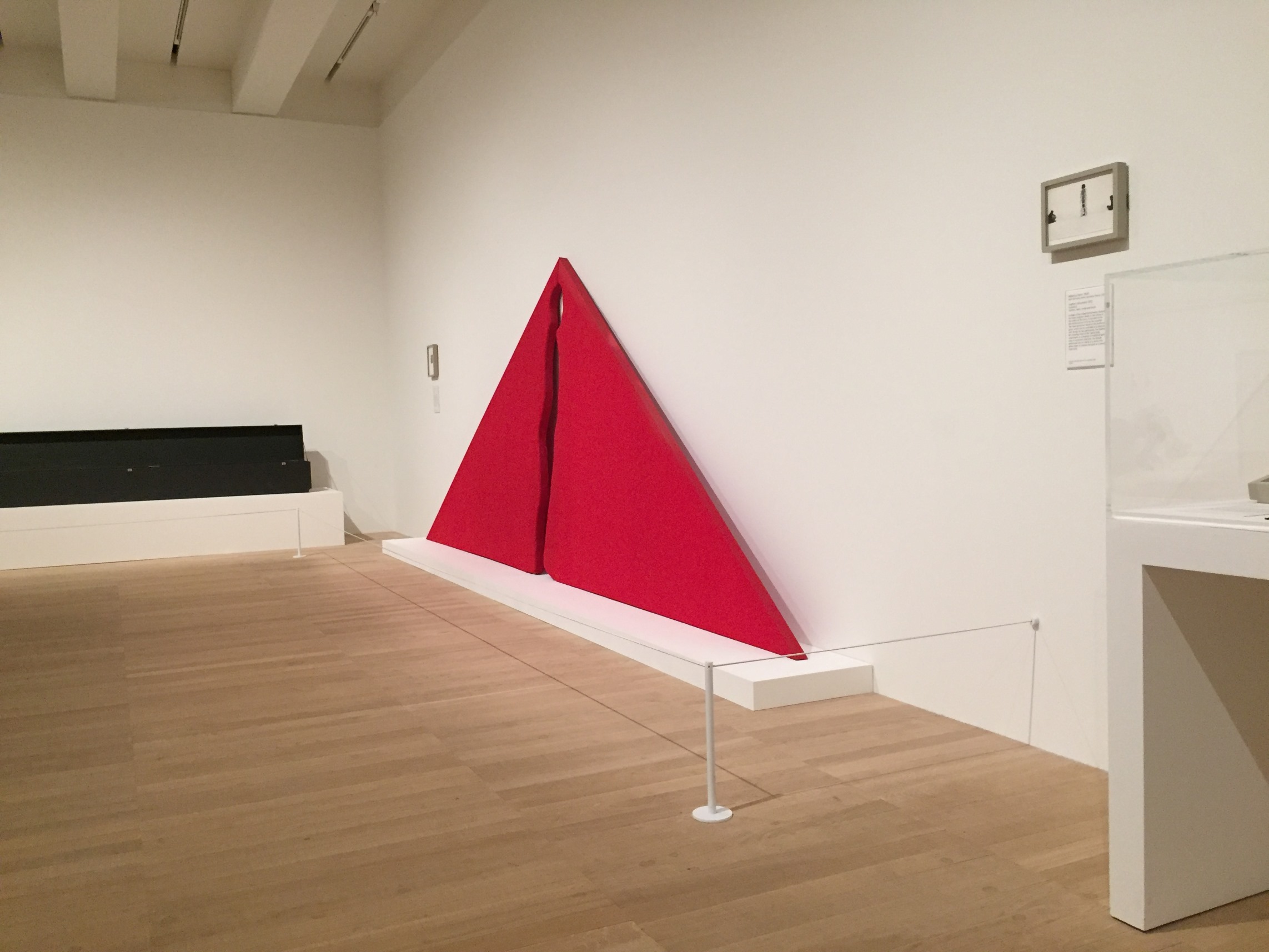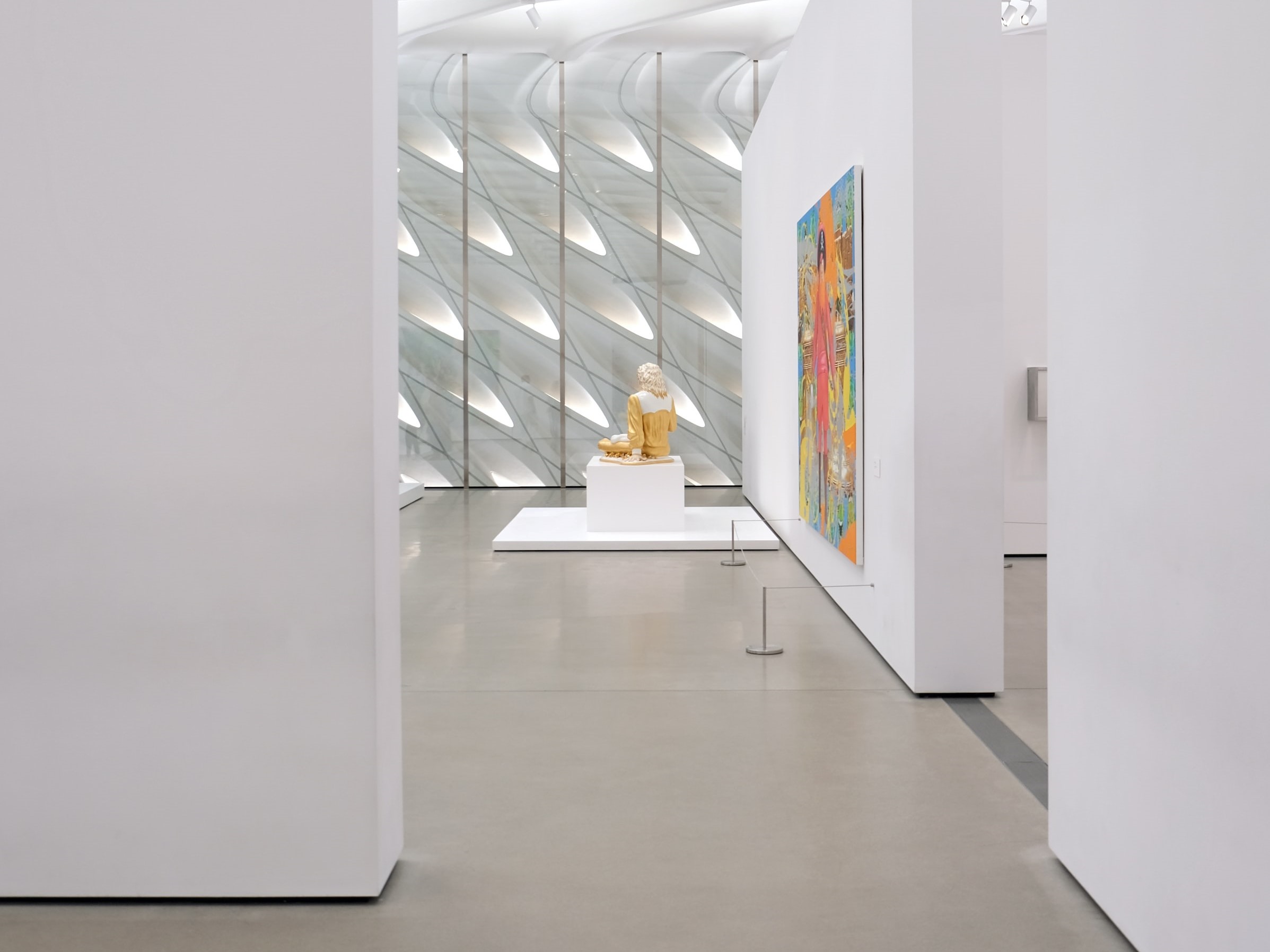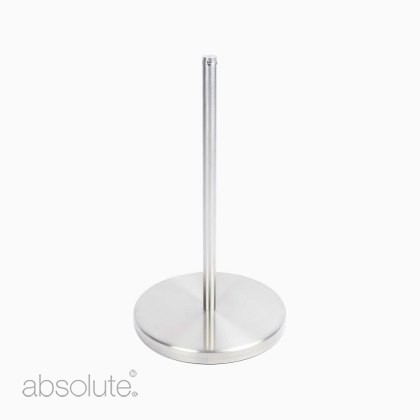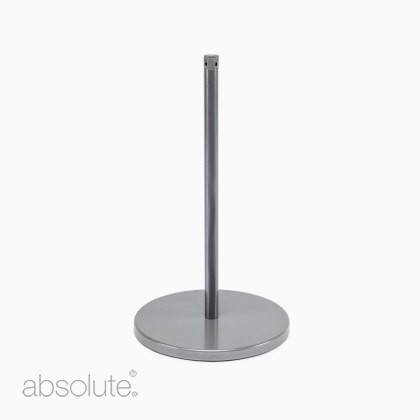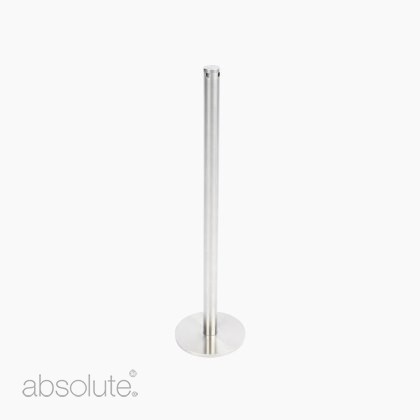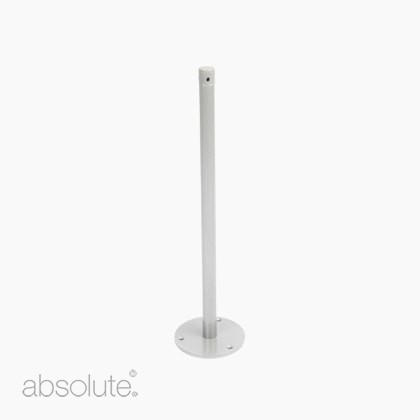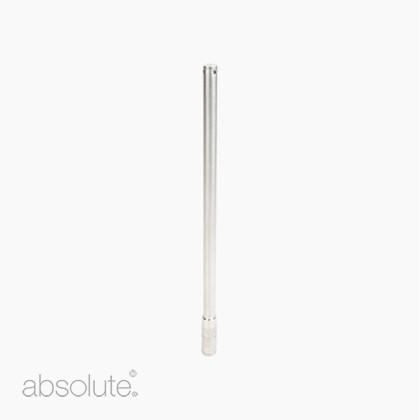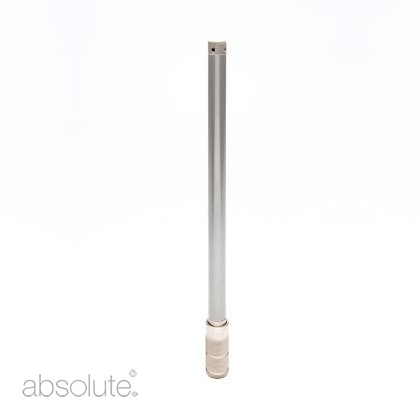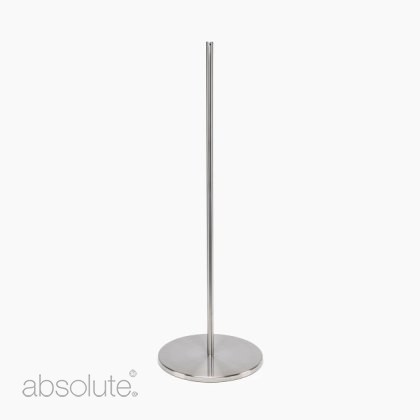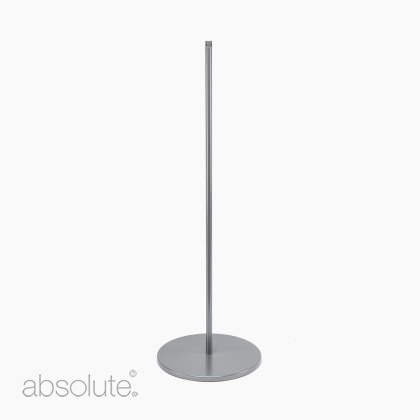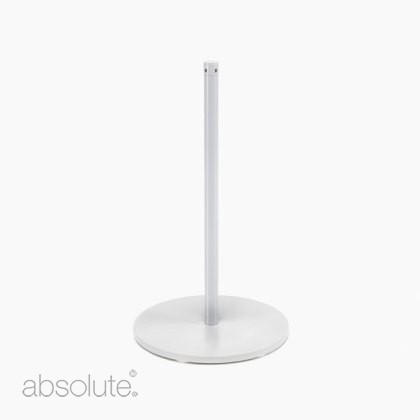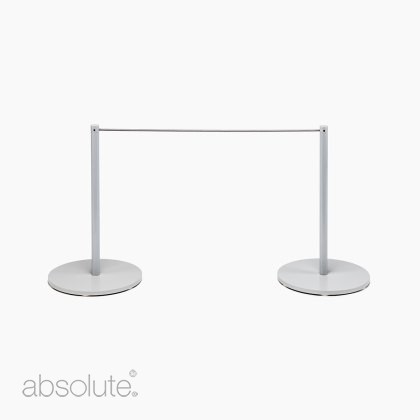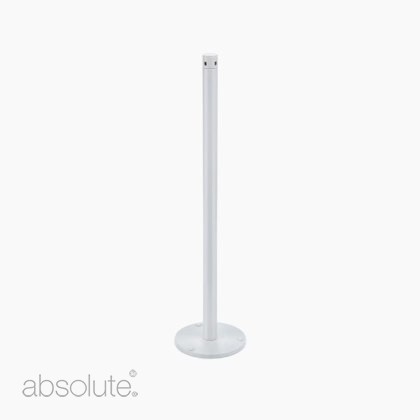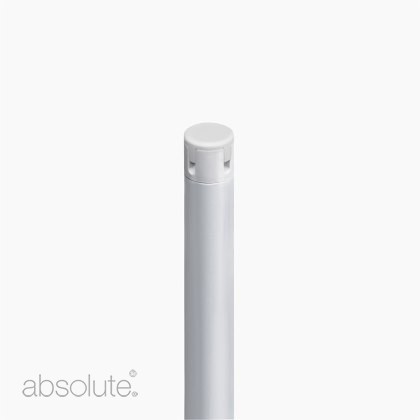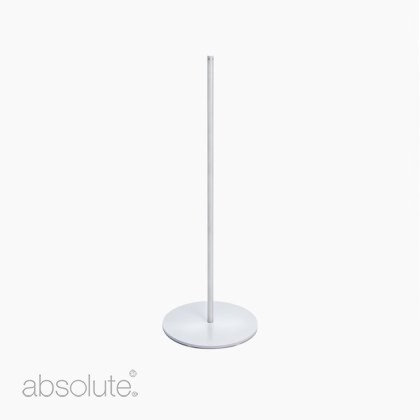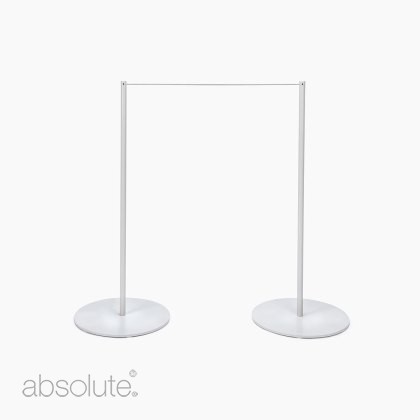Choosing Art Barriers for Traditional, Transitional and Contemporary Spaces
![Art Barrier Installation in front of an artwork at the Broad Museum, LA Art Barrier Installation in front of an artwork at the Broad Museum, LA]()
Summary
When choosing the right barriers for your facility, it is important to consider the design style, detailing and decorative finish of the environment; and more specifically to pay attention to the current design intent for an exhibition. Art barrier products can be used to quietly blend with the space or as a louder punctuating design detail and it is important to know when to use which.
Introduction
Design styles can be broadly categorised as traditional, transitional or contemporary. Some museums, galleries or public and commercial facilities will have a mixture, especially historic buildings which have been added to over time and the junction between old and new is intentionally designed to be obvious.
When choosing a barrier system to protect artworks, exhibits or elements of the actual building, typically you want to select a finish that is complimentary, visually quiet (blends into the environment) and provides a clear protective boundary. That said, sometimes an exhibition wants to shout and stand out against the environment.
Here we outline the considerations in selecting barriers, define the three general design styles, and provide examples of Absolute’s museum barriers and finishes typically used for each type. In this instance we are generalising for museums and galleries, though this can be applied across other facility types.
Consideration in Selecting Barriers
In all style applications the preservation of the facility’s style elements is as key as the artwork and exhibitions they house. One must also consider the intent of the exhibits narrative. Because of this, typically the barrier selection can either:
-
In the case of Traditional style, mimic the ornate nature of the interior details and become a design element
-
More typically across all styles, be clean-lined presenting a slim, neutral form that does not compete with the artwork or surroundings
-
Stand out as a counterpoint to the interior space and to let the exhibit be its own story
Absolute barriers typically present a clean-lined, neutral form and considers the most effective finish to blend with the environment. This is the basis of the conversation below:
1) Traditional
Traditional style is characterized by classic elements with more ornate detailing of a historic reference. This style tends toward richer tones and a symmetrical formality, which creates a sense of focus, grandeur and luxury.
In this instance, three barrier finishes complement the space. The first two are the black and grey powder-coated finishes. The barrier shape is present enough to create a protective boundary, and dark enough to blend into the background. Also, this finish absorbs light so as not to distract with light hotspots.
The third finish of stainless steel also works well in traditional environments as the mirror finish reflects its surrounding allowing it to blend. The key difference in the finishes is reflection.
Above: Freestanding Art Barrier 400mm, grey finish, in use at The Met, New York
Above: Freestanding Barrier 400mm, grey finish, and Freestanding Q Barrier, stainless steel finish, in use at Chateau de Versailles, France
2) Transitional
Transitional style combines modern, more contemporary style with traditional elements. This style tends toward minimal and monochromatic spaces that are neutral in colour. This backdrop is eclectically enhanced by combining traditional and contemporary furnishings and design elements.
This style has the most room for barrier finish variety and can use the three finishes described in the Traditional setting, as well as, the white and palest grey. This is a location where, like the combining of traditional and contemporary elements, barrier colour can be combined depending on the object it is protecting.
Above: Freestanding Art Barrier 400mm, grey finish, in use at The Met, New York
Above: Floor Socket Art Barrier 400mm, grey finish, in use at the V&A, London.
3) Contemporary
Contemporary style relies on simple, minimal, sleek lines that create a fresh, clean-feeling space. The floorplan is open with a distinct lack of ornamentation and is generally light in colour presenting a clear backdrop for showcasing artwork. Finish material variations are frequently based on current trends.
In the contemporary setting, the best barrier finishes are white and pale grey powder-coated finish. Due to the classic lines, our Stainless Steel and Grey Barriers can make the transition into a contemporary environment. Depending on the design brief, if clean and white is the required effect, the white barriers work best in this setting. Contemporary spaces are the environment to which white barriers almost exclusively are suited.
Above: Surface Mounted Art Barrier 400mm, white finish, in use at Tate Modern, London
Above: Freestanding Art Barrier 400mm, stainless steel finish, in use at the Broad, Los Angeles
POPULAR BARRIER SOLUTIONS
Freestanding Barrier (400mm)from €144.78 (ex VAT)Surface Mounted Barrierfrom €104.14 (ex VAT)Floor Socket Barrier (Stone)from €119.38 (ex VAT)Freestanding Barrier (1000mm)from €251.46 (ex VAT)Essentials Freestanding Barrier (400mm)€113.03 (ex VAT)Essentials Surface Mounted Barrier (400mm)€81.28 (ex VAT)Essentials Freestanding Barrier (900mm)€175.26 (ex VAT)GET ADVICE ABOUT BARRIERS
Speak with our expert team today to discuss your requirements and how our product solutions can help.
-
-
Posted by Jade Turner
24th April 2023


